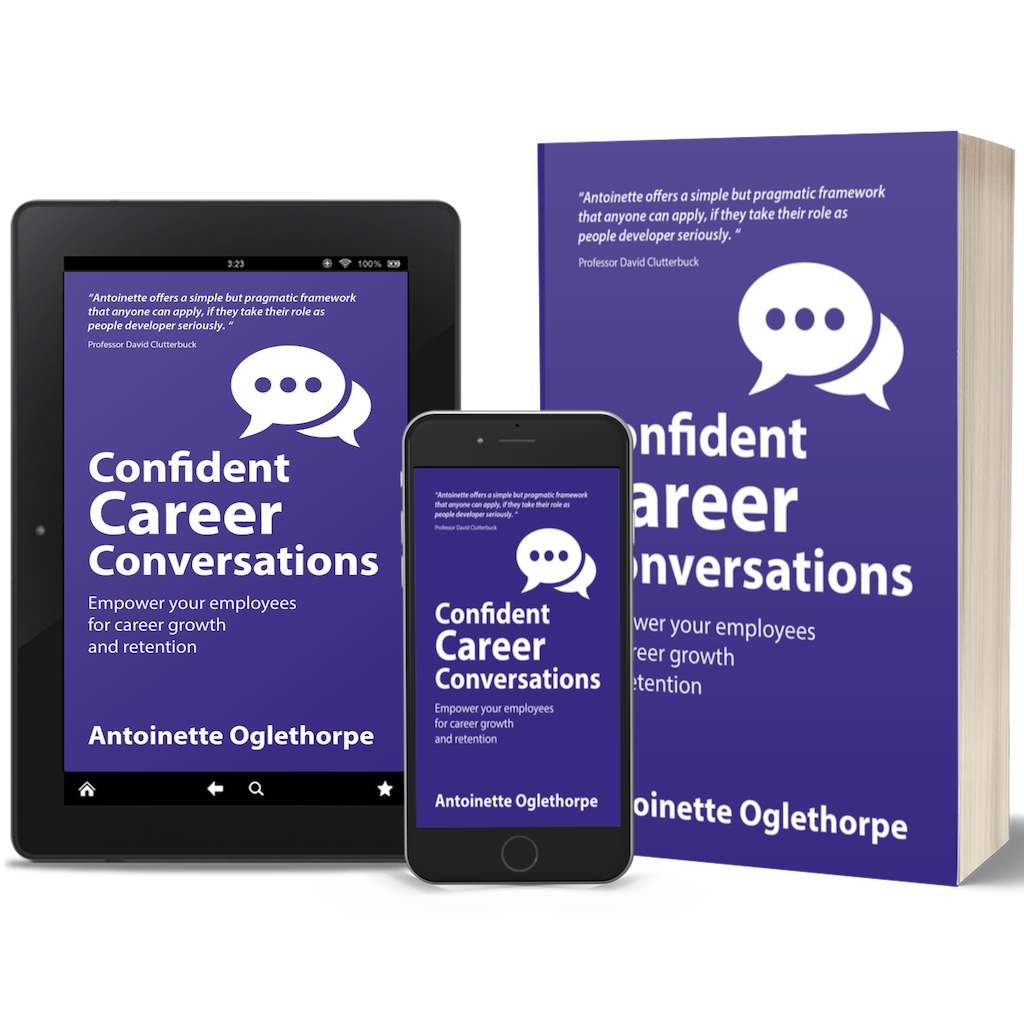In my last blog post, I talked about the power of storytelling in mentoring and career conversations. So, today I thought I’d share some thoughts on how to craft compelling career stories.
Some people are great natural storytellers. They mentally recall their experiences and have no trouble relaying them as interesting stories. For the rest of us, it takes a little work.
What you need to have in your repertoire is a set of compelling stories – perhaps 6 or 7 – covering a variety of situations. In each situation, you will have added significant value or addressed particular challenges. You can then select from the stories to fit the particular circumstances that are going to be relevant and interesting to your mentee.
There are four areas of your life you can draw stories from.
1. Who you are
What experiences in your PERSONAL LIFE shaped who you are today? What have you overcome to get to where you are?
What experiences in your WORK LIFE shaped who you are today?
2. What you do
What PROBLEMS do others seek you out to solve?
What would others say are your STRENGTHS and TALENTS?
3. What makes you different
Why did you get into this line of work? What drew you to it? What’s unique about you?
How do you do what you do differently to your peers?
What value do those differences offer your target audience?
4. What makes your experience relevant?
Who are you trying to influence?
What’s the biggest problem they’re facing?
When have you resolved similar problems? How did you use your strengths?
What impact did you create?
Four Characteristics of Effective Career Stories
Let’s imagine you’re talking to a group of employees. Think about one person who represents that audience. What’s her story? Why is she there? What does she care about? What’s in it for her? And so on. The more you understand her, the easier it is to tell her a story that resonates.
1. Purpose.
An effective story has a clear purpose. Why are you telling the story? Your purpose should clarify what you want the listener to think, feel or do at the end of the story. Your purpose needs to consider where they are starting from and the journey you want to take them on to get to the end point.
2. Imagination.
Effective stories tap into people’s sentiments, emotions, feelings, empathy and thoughts. Choose situations that tap into people’s imaginations and create meaning for them. Facts and data do not compel the imagination in and of themselves. They need to be presented in a compelling way and backed up with anecdotes/examples and stories. Why would people want to listen to your story? Use a hook to reel the listener into the story. Hooks can be surprising truths, visual effects, or an unusual approach.
3. Connection.
Remember that people can see themselves in a truly effective story. Why would someone care about your story? There are three elements that make a story relatable and build connection with the listener:
- The story has a protagonist, or main character. The protagonist does not have to be you, the storyteller. He or she can be a member of your team, another mentee, or even a friend or family member.
- Something must be at stake for the protagonist. They need a clear challenge.
- The story has an arc. What does the main character have to go through to overcome the challenge.
4. Generate a new level of understanding.
An effective story helps people create a new level of understanding about the topic. They think and feel things about it that they have not thought of or felt before (or have not for a long time). Often, you will find that if you insert a “surprise” or novel idea into the story, it will generate a new level of understanding.
Crafting a Compelling Story
There’s a simple three-step structure to crafting any story
1. Setting the scene
Set up the story by providing any background details to which you will refer later and describing characteristics of key people. Make the story personal. Talk about a specific individual (you or someone else) who “owned” the problem your mentee faces. Your story will feel much more real – and your mentee will feel much more empathy towards a person. Talk first about the challenges the person faced. Again, try to describe them in personal terms so that the mentee builds a connection to your story. Don’t belittle the person – turn them into the hero of the story – they had a problem which they overcame.
2. Making your point
Describe how the experience unfolded over time, from your or the person’s perspective. As you tell the story, focus as much as possible on the specific elements (criteria) that led you to choose it. Those elements might be:
- The high stakes/level of risk
- The challenges, setbacks, barriers, conflicts
- The surprises, unexpected events
- The range/intensity of emotions felt
- Unique, out-of-the-ordinary details
- How the person achieved something great, went above and beyond, made a difference
- Lessons that were learned
3. Make your conclusion and resolve the story
Reveal the meaning of the story by highlighting the transformation and re-emphasising lessons.
So now it’s your turn. Are you ready to discover, craft and tell career stories that move others? Put these storytelling tools into action now. Engage, excite and educate your people with a story. And move them into taking inspired action.
To find out more about how we help leadership teams, mentors and coaches to empower their employees to take ownership of their development, look at our Career Conversation and Mentoring services.



